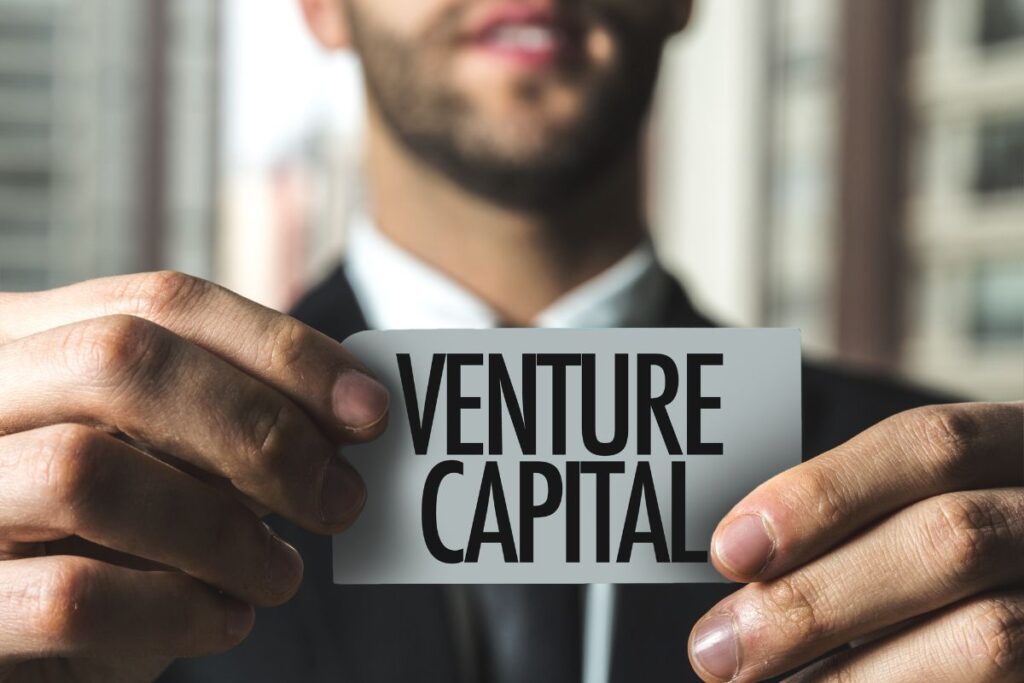Starting a business is exciting but challenging, especially when it comes to securing startup funding. Venture capital (VC) is one of the most powerful ways for early-stage companies to access the resources they need to grow, scale, and succeed. If you’re a founder looking to understand venture capital, this comprehensive guide will break down the essentials.
Understanding the Basics of Venture Capital
Venture capital is a type of private equity financing that investors offer to startups and emerging businesses with strong growth potential. Unlike traditional loans, VC funding involves giving up equity in your company in exchange for capital. Venture capitalists are not just betting on your idea; they are betting on your ability to build a scalable and profitable company.
Venture capitalists invest with the expectation of high returns, often 10x or more, compensating for the risks they take by supporting businesses without stable revenue streams. Beyond funding, VCs often provide strategic mentorship, business networking opportunities, and a clear growth roadmap.
Why Venture Capital is Crucial for Startups
For many startups, venture capital can be the key to turning a great idea into a thriving business. Here’s why:
- Rapid Hiring: VC funding allows startups to build strong teams quickly, securing top talent before revenue can cover salaries.
- Accelerated Product Development: Invest in building and refining your product without cutting corners.
- Market Expansion: Venture capital helps startups expand regionally or globally without jeopardizing cash flow.
- Credibility and Validation: A VC-backed startup gains instant industry credibility, attracting customers, partners, and future investors.

However, venture capital isn’t a free pass; it comes with expectations for aggressive growth and active investor involvement.
The Venture Capital Ecosystem Explained
Understanding the players in the venture capital ecosystem is vital for startup founders:
- Venture Capital Firms (VC Firms): Professional firms managing funds from investors to invest in high-growth startups.
- Limited Partners (LPs): Entities like pension funds and wealthy individuals who provide the capital to VC firms.
- General Partners (GPs): Decision-makers within VC firms who choose which startups to fund and guide portfolio companies.
- Angel Investors: Individual investors who fund startups at very early stages.
- Startup Founders: Entrepreneurs who trade equity for the capital needed to scale.
Understanding these roles will help you navigate fundraising conversations more effectively.
How the VC Funding Cycle Works
Venture capital funding typically flows through several stages:
- Pre-Seed and Seed Stage: Focused on product development and market research. Often funded by angel investors or seed-stage VCs.
- Series A: Funding used for scaling, marketing, and growing the team after initial traction is proven.
- Series B and C: Support large-scale expansion, product diversification, and market dominance.
- Series D and Beyond: Late-stage growth funding aimed at IPO readiness or acquisition.
- Exit: Investors and founders cash out through acquisition, merger, or IPO.
Planning your fundraising strategy around these stages ensures smooth growth and mitigates risks.
Angel Investors vs. Venture Capital vs. Private Equity
- Angel Investors: Individuals investing their personal funds, typically at the early stage. Investment amounts range from $25K to $500K.
- Venture Capital Firms: Institutions managing large funds, investing between $1M to $50M, focused on high-growth startups.
- Private Equity Firms: Generally invest in mature companies, aiming for operational turnarounds or buyouts, with investments in the hundreds of millions.
Choosing the right investor depends on your startup’s growth stage, financial needs, and strategic objectives.

Preparing Your Startup for Venture Capital Investment
1. Building a Scalable Business Model
Scalability is the core of what makes a startup attractive to venture capitalists. Ensure your startup meets these criteria:
- Large Total Addressable Market (TAM)
- Proven Product-Market Fit
- Efficient Systems and Processes
- Predictable and Recurring Revenue
Without scalability, even a great idea will struggle to raise funds from serious VCs.
2. Perfecting Your Pitch Deck
A pitch deck is your startup’s first impression on potential investors. It must clearly highlight:
- The problem you’re solving
- The size of the market
- Your unique solution
- Traction and progress
- Your team’s expertise
- Revenue model
- Go-to-market strategy
- Funding usage plan
Avoid jargon and focus on data-driven storytelling. Investors need to believe in both your story and your numbers.
3. Understanding the Importance of Traction
Traction is often the deciding factor for venture capital investment. Examples of traction include:
- Growing revenue (MRR/ARR)
- Increasing user base and engagement metrics
- Strategic partnerships
- Positive feedback loops and retention data
Traction is your strongest proof of product-market fit and growth potential.

Conclusion: Is VC Right for Your Startup?
Venture capital can unlock incredible growth opportunities, but it also comes with high expectations for performance, transparency, and collaboration. Understanding the VC landscape, refining your pitch, building a scalable business model, and demonstrating traction will significantly improve your chances of success.
If you’re seeking rapid growth and are prepared for the commitment that comes with equity investment, venture capital could be the perfect partner for your startup journey.
Frequently Asked Questions About Venture Capital for Startups
Q1: When should a startup seek VC?
A: When you have a validated product, early traction, and a scalable business model that requires significant funding to grow rapidly.
Q2: What do venture capitalists look for in a startup?
A: Strong founding team, large addressable market, proven traction, clear business model, and a scalable product.
Q3: How much equity do VCs typically take?
A: It varies by stage, but early-stage VCs often take between 15%-30% equity in exchange for their investment.
Q4: Can a startup get VC funding without revenue?
A: Yes, especially at the Seed or Series A stage, if you demonstrate strong product-market fit, traction, and potential for rapid growth.
Q5: What is the difference between VC and private equity?
A: VC typically focuses on early to mid-stage startups, while private equity targets mature businesses for buyouts or restructuring.

